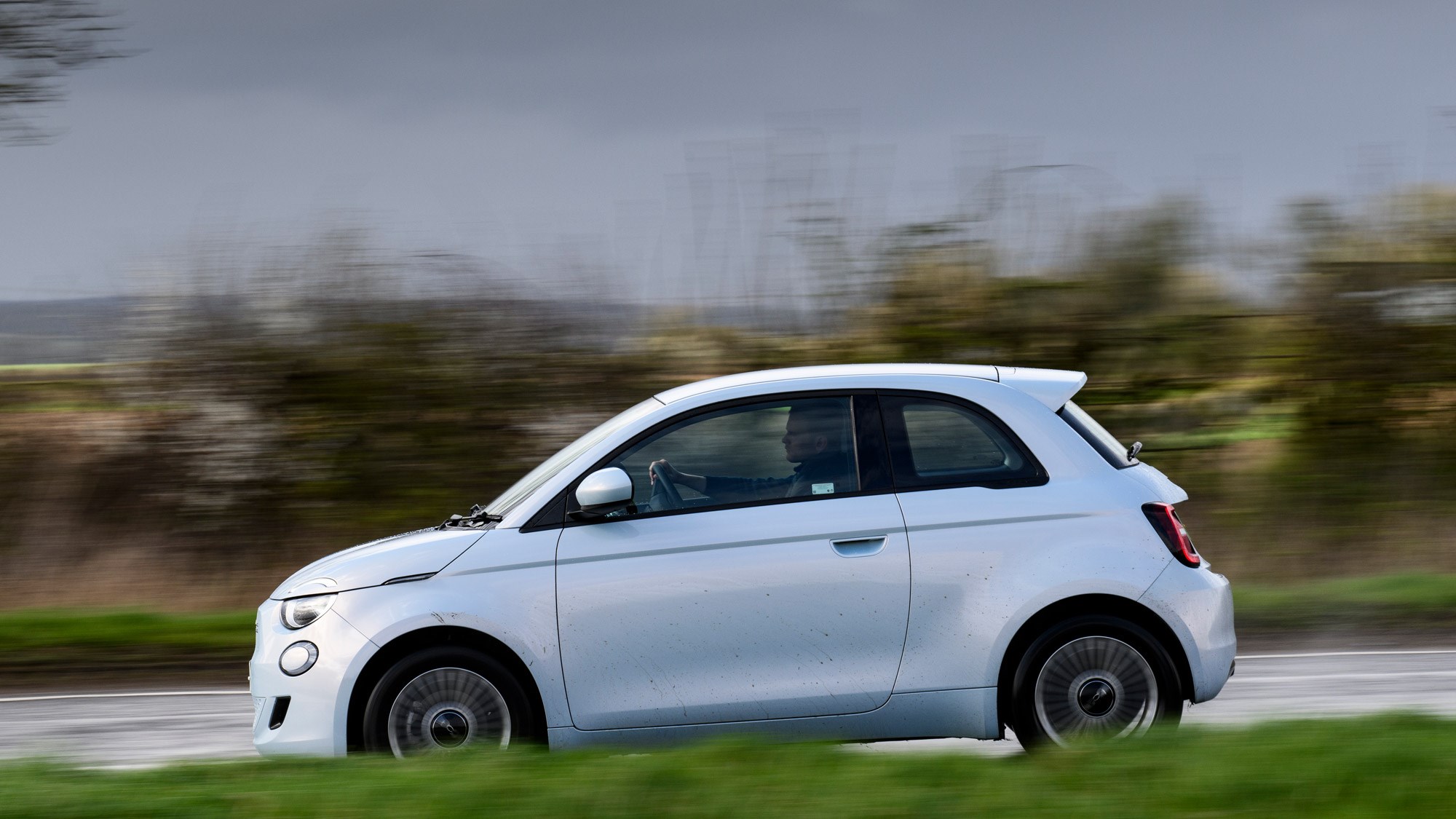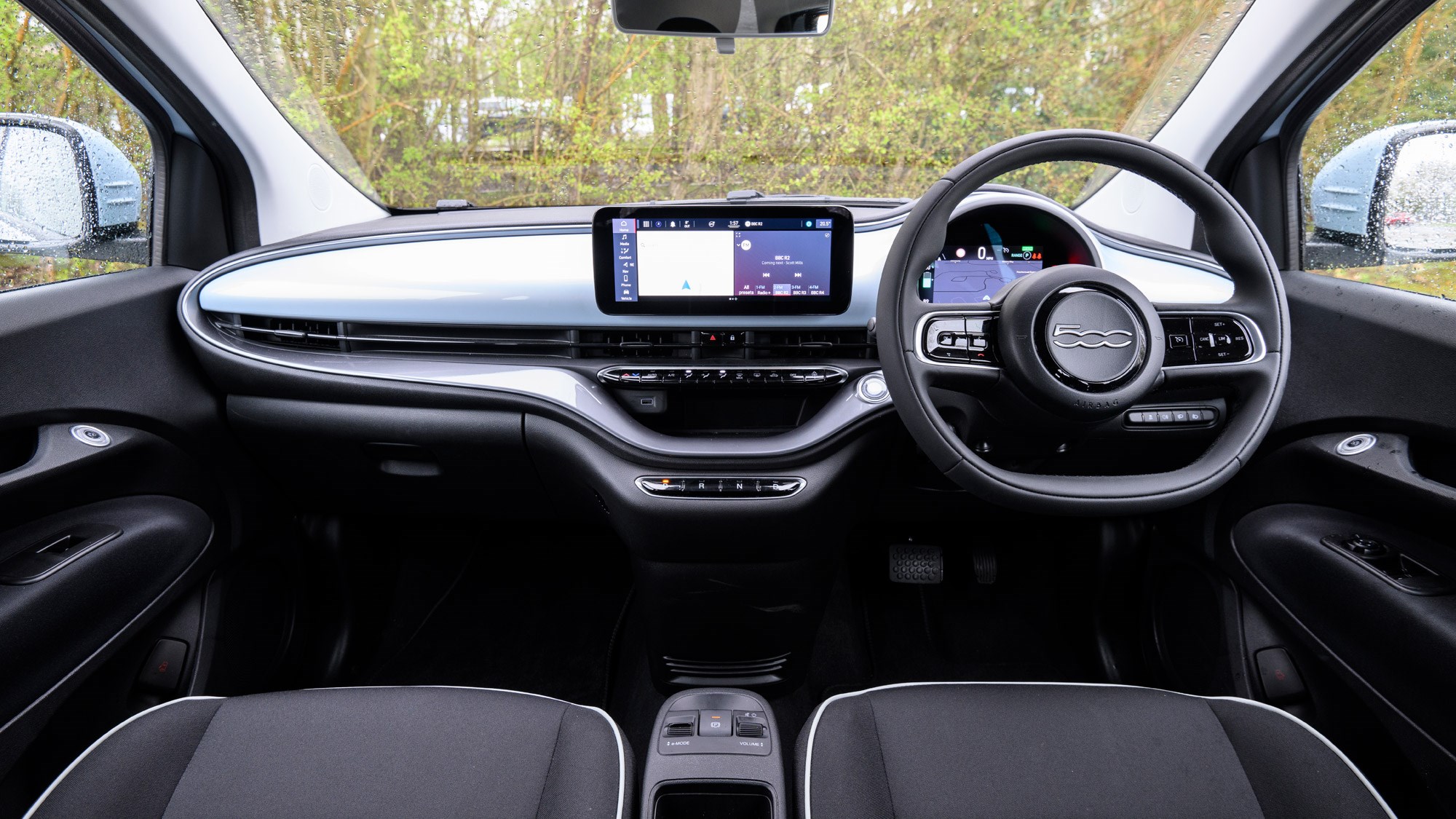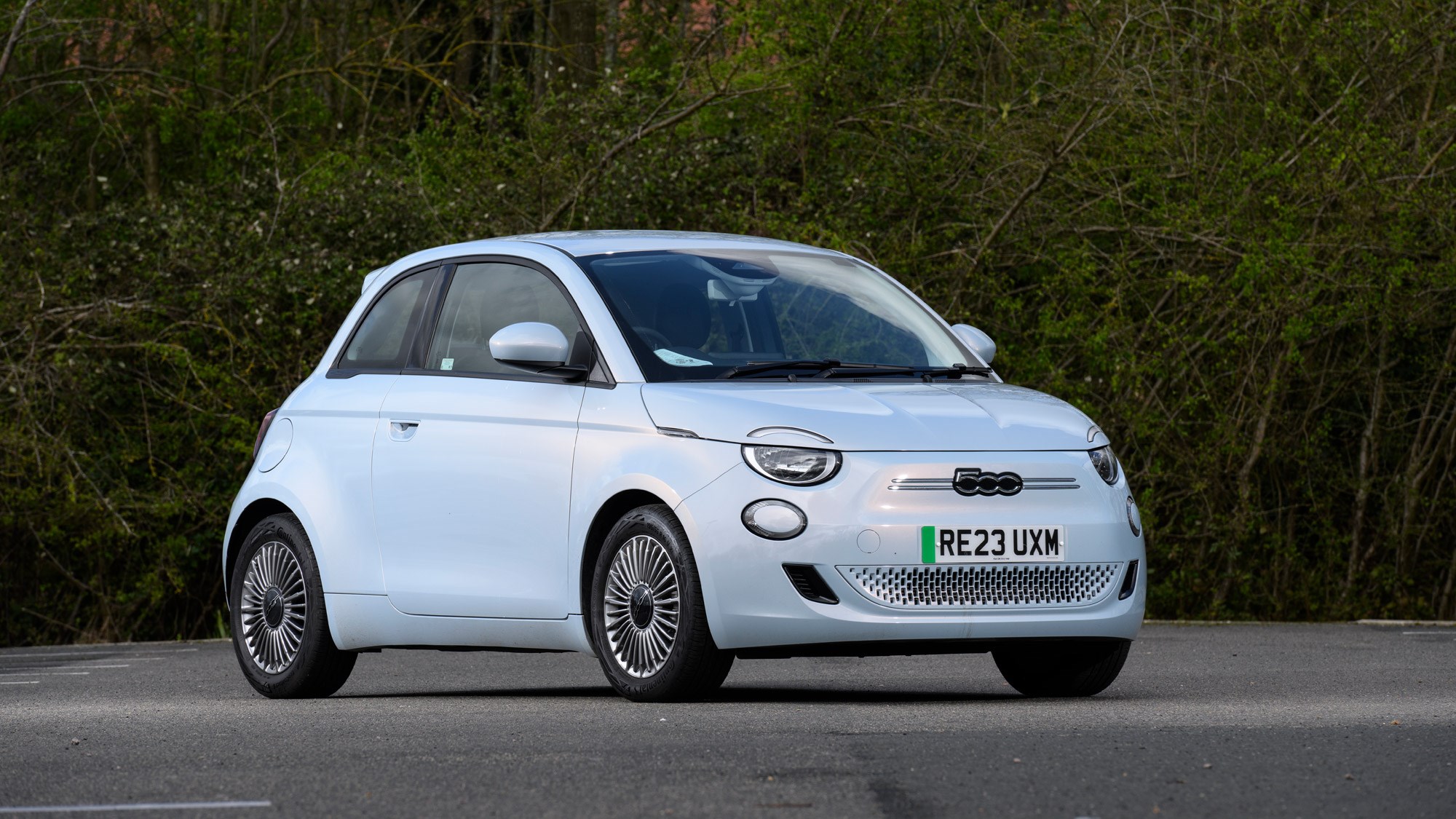► Fiat’s 500e is now three years old
► Prices have risen significantly
► But is it still the best small EV?
Things move fast in the car world, and somehow the Fiat 500e has been on sale for more than three years in the UK.
Though still among the best small electric cars you can buy, it’s not quite as clean-cut as it once was, with a range of lower-priced EVs introduced in the past few years. These include far larger, yet cheaper, models like the MG4, while bargains such as the Dacia Spring are on the way to shake things up further. Mini’s promising Cooper E is just around the corner as well.
It means Fiat’s little 500 no longer automatically rules the roost and isn’t the bargain it once was. The 500’s old enough to have been around when the plug-in car grant still existed – remember that? – and with prices starting from £28,195, or £31,195 for the bigger battery, it’s quite expensive these days. But can it justify it?
At a glance
Pros: Fun to drive, ideal around the city, superb image
Cons: Quite expensive now, limited interior space
What’s new?
There hasn’t been a dramatic amount of change in the Fiat 500 world since this EV arrived in 2021. Fiat still sells its regular petrol 500, though there are rumours that it will have to stop making it because it can’t comply with incoming GSR2 safety regulations. These include all vehicles needing intelligent speed assistance (the annoying bonging if you dare go 71mph in a 70 zone) and additional cybersecurity.
These rumours also include Fiat potentially adapting the electric 500’s platform for petrol power, which has never happened before. That’s because while the 500e might look a lot like the regular version, it’s an entirely new car that allows for the EV element and also embraces a range of new technology.

Fiat claimed it was the most advanced city car around at its launch, and its large touchscreen and excellent driver assistance tech are still impressive for such a dinky car.
It’s worth remembering if you want your Fiat 500e to look a bit angrier and go a bit faster, Abarth now sells its 500e too.
What are the specs?
There are two different versions of the 500e available – one that’s best reserved for city use because of its small battery and range, and another that gives a bit more scope for longer trips.
The entry-level model’s little electric motor packs 94bhp and 162lb ft of torque, but that’s still enough zip for a 9.5-second 0-62mph time. Opt for the more expensive and larger battery and this gets a power boost to 116bhp, though torque remains the same. It wipes half a second off the 62mph sprint time, mind, and especially in the confines of city streets, feels more than nippy enough.
Range and charging
Choose the regular 500e and it makes do with a tiny 24kWh battery – the same as an original Nissan Leaf – and means it’s only really suited to those using their car for local journeys or buzzing around the city. Fiat claims a range of 118 miles, but expect 90 miles in the real world.
The larger 42kWh battery remais the much better option, and with a claimed 199-mile range, has always been competitive for a car of this size. Albeit expect 150 miles unless you have an exceptionally light right foot.

As for charging, the smaller battery can rapid charge at 50kW and the bigger unit at 85kW, with both able to charge to 80 per cent capacity in around half an hour. The smaller battery could work for those wanting to make EV charging as quick and easy as possible, however. Less than nine hours is needed to fully charge the battery with a three-pin socket, and just two and a half hours can replenish the battery on an 11kW unit.
How does it drive?
It’s no surprise that the Fiat 500e shines the most in the confines of a city. The initial 0-30mph sprint away from a set of traffic lights is particularly nippy, and the light steering is brilliantly suited to tight streets and zipping in and out of traffic. The dimensions are marginally larger than the regular petrol 500, but it still feels perfectly sized for the inner city.
That said, the 500 is pretty competent away from the urban jungle. Unlike other smaller EVs – the now-discontinued Volkswagen e-Up!, for example – it doesn’t seem to run out of steam even at higher speeds. It’s not a car designed for long motorway journeys, though, as the range quickly tumbles at a sustained 70mph.

It’s really quite a hoot to drive, with a small amount of well-controlled body roll and the zippy performance equating to something you’ll jump in and enjoy. It also addresses so many of the flaws of the regular petrol 500, not least the awkward driving position that feels like you’re sitting on the car rather than being a part of it. Of course, you can choose Abarth’s version of the 500e for its extra poke – as well as its exhaust-replicating ‘sound generator’ that you’ll love or hate – but Fiat’s take on the 500 is more than good enough to drive.
There’s plenty of grip too and it even rides well given its tiny wheelbase and decent-size alloy wheels. There are no fancy Sport driving modes – choose the Abarth for that – but fairly simple Normal, Sport and Sherpa settings. The latter is for if you’re about to run out of range; it limits the speed to 50mph, turns the climate control off and has stronger regen as well.
What about the interior?
The 500e’s interior matches the style of the exterior, with a colourful dashboard mirroring the exterior of the 500 in a trendy matte finish. At its launch in 2021 entry-level models missed out on a touchscreen, and instead had a smartphone clip to use your phone as the infotainment system.
It wasn’t a bad idea, but these days all models get a 10.25-inch touchscreen as standard. It works well, is quick and laden with all the features you’d want or need, but is angled ever so slightly away from the driver – presumably for LHD and RHD reasons – and just means it’s slightly awkward to operate.

It feels more solidly built than Fiat 500s of old, but in many ways still like it was built to a budget. You won’t find many soft-touch materials here, though the elements you react with and the seats, which can be made from recycled ocean plastics, feel of decent quality.
The Fiat 500’s main downside is the one that should be pretty obvious for a car of this size – spaciousness. Only the most flexible will be able to get into the back seats easily and comfortably and th boot measures 185 litres, identical to the petrol car.
Before you buy
Whichever electric 500 you go for, it’s guaranteed to have style on its side. But there’s the option for even more in the way of looks with a convertible, which is more of a big canvas sunroof. It takes 25 seconds to retract it and it can be done at speeds of up to 62mph, so there’s no need for those embarrassing emergency lay-by stops when you the weather takes a turn for the worst.
Standard kit is generally quite generous, including a 10.25-inch touchscreen with navigation and wireless Apple CarPlay and Android Auto, along with keyless entry, climate control.

While the 500e starts from £28,195 and the larger battery £31,195, it’s worth noting that Fiat is currently offering a £3,000 ‘e-Grant’ towards the cost. It’s essentially Fiat’s take on the plug-in car grant, and it has been particularly outspoken about the government’s lack of financial support for new EVs.
Verdict
The 500e might be a few years old now but it’s still about the best small EV you can buy. It’s good to drive, feels pleasingly modern yet has managed to lose none of the charm or style of this Fiat that has made it so popular over the years.
But Fiat can’t afford to be complacent. It might have made the best small EV but incoming competition from the likes of the Mini Cooper E and Renault 5 threaten its position as the number one. A few more special editions, a classic Fiat 500 speciality, as well as a slightly longer range, would likely help it going forward.